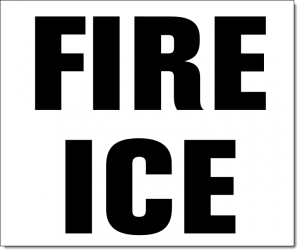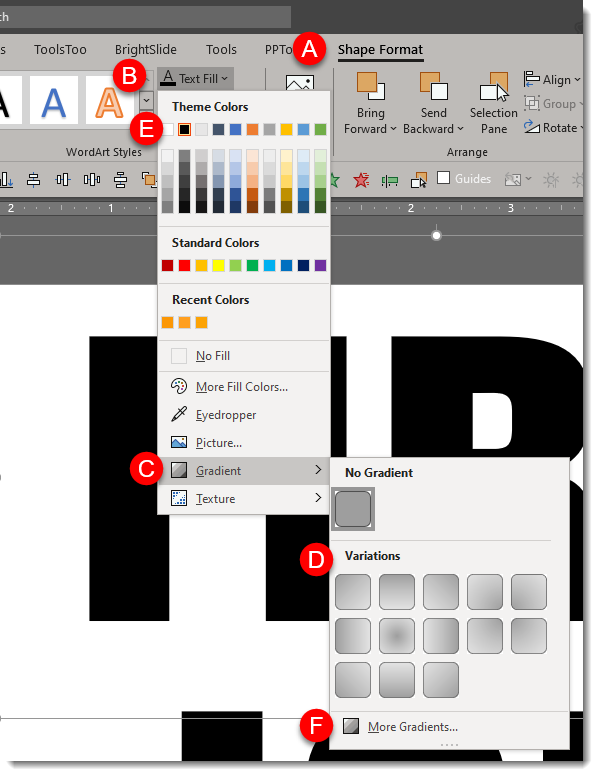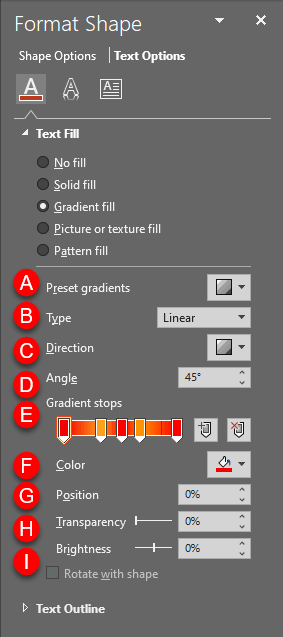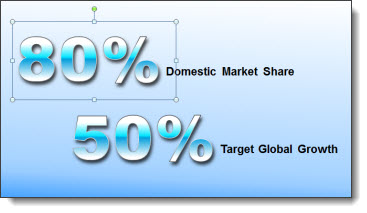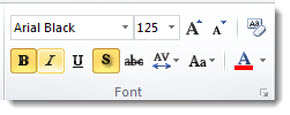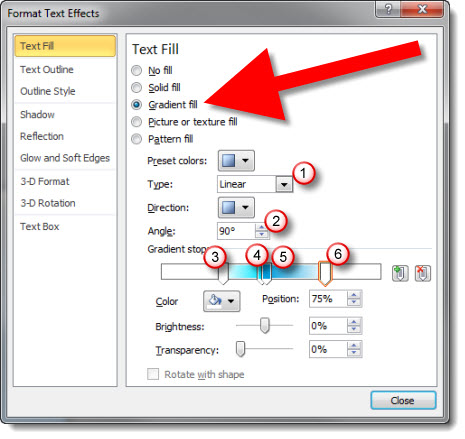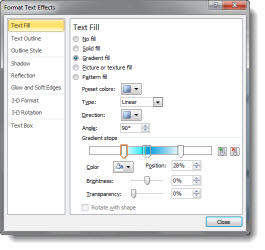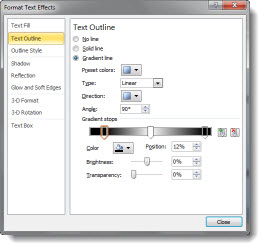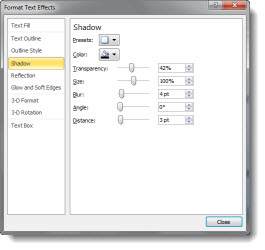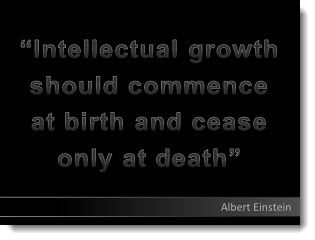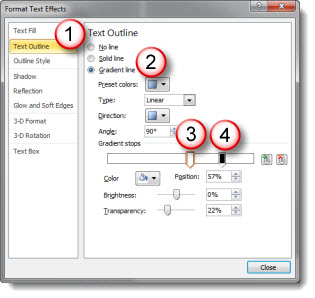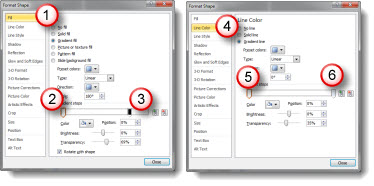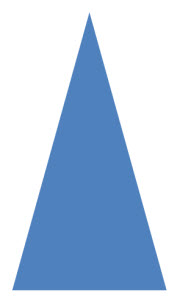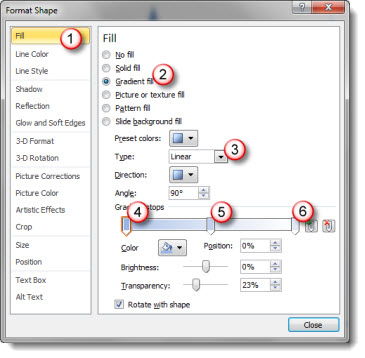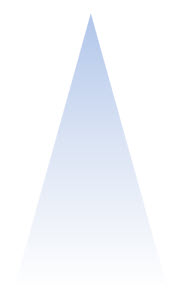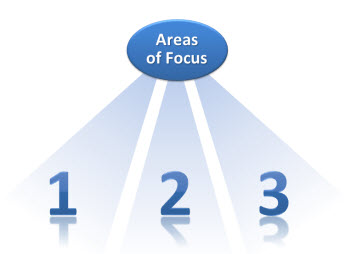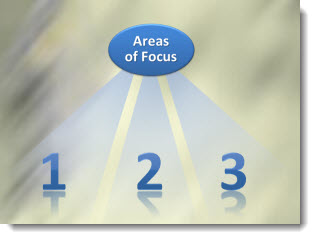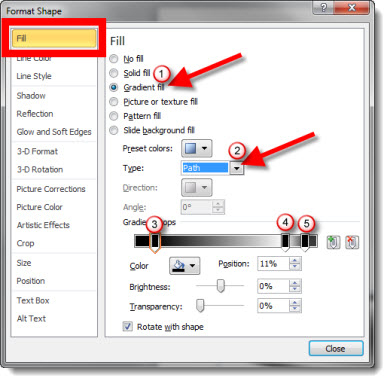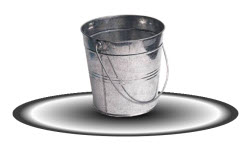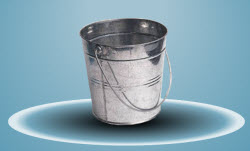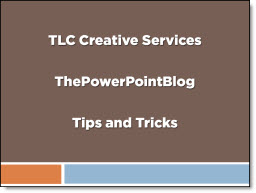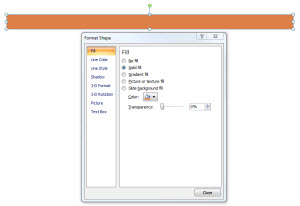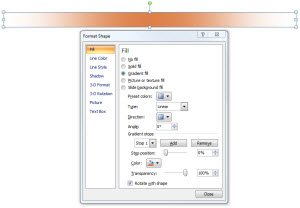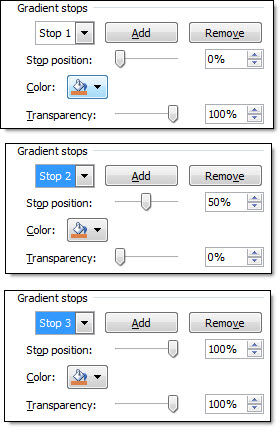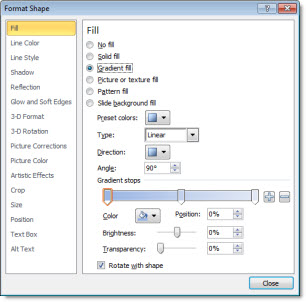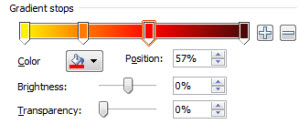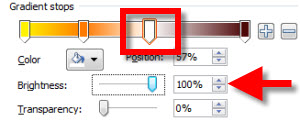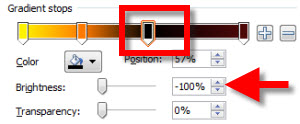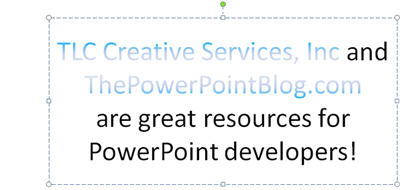A Cool PowerPoint Gradient
As we approach the 2021 Presentation Summit, I am finalizing my session talks (and packing equipment for our team to coordinate all live streaming of the entire conference – don’t miss the fun!). One of my talks is on using PowerPoint gradients as a design tool within PowerPoint. The gradients tool is very robust and over the years I have found myself less and less in Adobe Illustrator or even Photoshop, creating gradient styling elements, in favor of staying inside PowerPoint and having the gradients be editable there. Well, I am not giving away the talk (it is going to be good!), but I am highlighting one of the gradient examples our design team created, because it is amazing!

This beautiful slide background is 100% created in PowerPoint. It is a very creative use of PowerPoint gradients, and multiple overlapping PowerPoint shapes. As example, here is one of the vertical bands pulled from the background composite. It has a gradient fill created with 5 gradient stops, at a custom angle, and with varying opacity per gradient section.
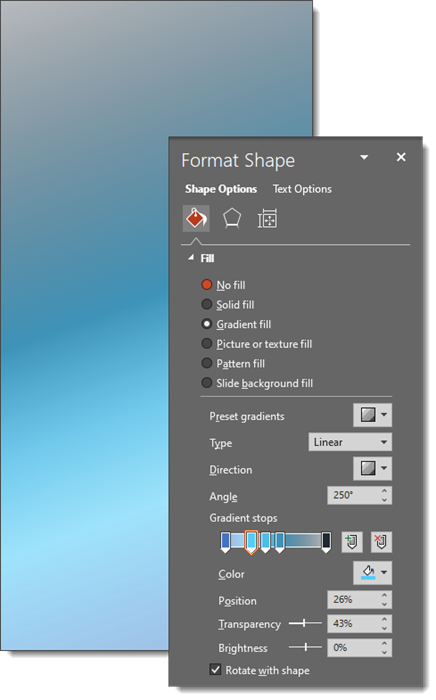
On its own, the above gradient is not spectacular. It is technical, but not really amazing. The full background is a composite of 11 PowerPoint shapes over a white background slide to create a wonderful slide background.
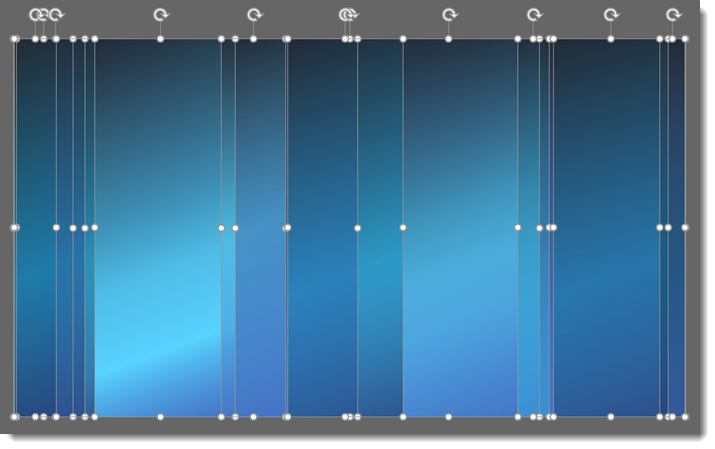
For inspiration, the editable slide can be downloaded HERE.
Troy @ TLC

